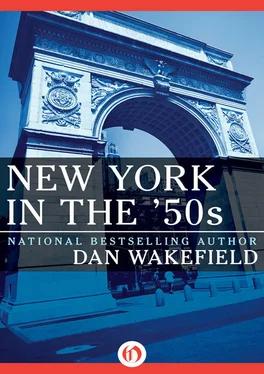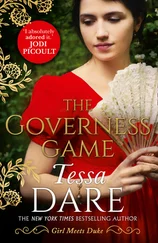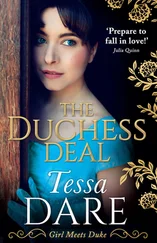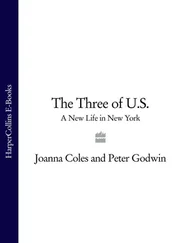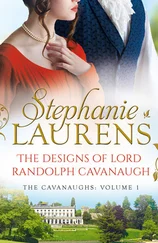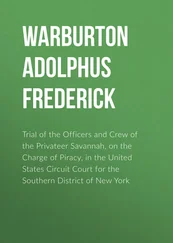“A friend of mine was out in the control booth and he said calls started coming in, and there were twenty-eight opposed to what I said and twenty in favor. I felt it meant there was something in the air, some dissatisfaction with the Ike era that I didn’t know existed. I’d have thought the response would be something like fifty to five against me.”
For many people the fifties ended with either the hope brought about by the inauguration of John F. Kennedy in 1961 or the despair and disillusionment that came when he was assassinated in 1963. Looking back, however, William F. Buckley, Jr., argues that “it’s not accurate to think the election of JFK established the sixties. There was nothing innovative about JFK, though one has to say that now while wearing a safety vest. The civil rights movement was innovative, but he didn’t kindle it. The difference he brought to the office was his persona—he was very glamorous. People forget he was not all that popular before he was killed. The issue of Time before the assassination said JFK was going to Texas because he thought the Texas vote might decide the presidential election. The fifties weren’t really over till Vietnam, in ’64 or ’65.”
For many people, the Vietnam War became the defining event between eras, and for some it came not just as headlines but in terms of personal and professional decisions. Even those of us too old to face issues of college deferment or the draft were faced with moral dilemmas brought home by Vietnam.
John Gregory Dunne recalls: “In ’62 I was writing this stuff for Time about Indochina and I didn’t even know where the countries were, so I asked Time if they’d send me there. I was a bachelor, so I said I’d take my vacation there for three weeks if they’d pay my air fare, and they said O.K. I went to Tokyo, Hong Kong, Saigon, Bangkok. I met David Halberstam, Neil Sheehan, and Peter Arnett, and I got to know Charlie Mohr, who was the Time correspondent over there. I respected these guys, and by the early fall of ’63 they were all saying things are not like the Pentagon says they are.
“One day I got a long story on the war to work on, a report from Charlie Mohr. I can remember his first sentence as if it’s in big block letters in my mind: ‘The war in Vietnam is being lost.’ That night I had a date with Joan [Didion] for dinner, and we went to the Chalet Suisse on West 52nd Street and had fondue, and I said, ‘There’s no way Time is going to print this story from Charlie Mohr and I’m not going to change it. I’m going to call in sick.’ Joan said, ‘No, write it the way he sent it.’ The procedure at Time was you took these report files and worked on them like a carpenter, and that’s what I did. I went back that night and worked till two or three in the morning and got it done as Mohr had reported it. The next morning I got in around eleven. I saw the edited version of the story and Otto Fuerbringer had written ‘Nice’ across my copy—but instead of the war being lost, he had edited it into ‘There’s light at the end of the tunnel.’ I told the editor I wouldn’t continue to work on the story and I wouldn’t write any more Vietnam stuff. That was the end of my career at Time . I stayed on, but I was reassigned to the Benelux countries. I knew my days were numbered, and I didn’t get a raise when the time came around. Joan and I were married in January of ’64, and that April I went to work one morning and called Joan and said, ‘Do you mind if I quit?’ and she said no. I asked for a leave of absence—I knew I wasn’t coming back, but I wanted to keep my health benefits as long as I could. I left in May and we went to California.”
Some of us who were adolescents in the age of Ike found the signal of change in the new sexual attitudes. For Bruce Jay Friedman, who first etched some of the male’s sexual fears and hang-ups in his black humor novel Stern , the fifties ended at a party in the Village: “My wife and I had a son, so we had moved to Glen Cove, Long Island, and we just came into the city at night for musicals in the late fifties and early sixties. One night in 1961 I saw another life. I went to a party given by a woman who lived in a brownstone in the Village. She was a one-woman sexual revolution. It was the beginning of the bossa nova craze. Paul Krassner, who published The Realist , and John Wilcock, who wrote ‘The Village Square’ column for the Voice , were there, and the jazz musician David Amram, and my friend Arthur Frommer, who later did the guidebooks to Europe on five dollars a day. I was there with my wife, and I had on a tweed suit. That night was the first time I ever smelled pot. Instantly, the world tilted. It was the smell of pot in concert with seeing this woman who was giving the party—this tall woman with black hair to the floor and a perfect body, dancing to one of those bossa nova songs. It was a magical vision, smoking dope and seeing this fabulous woman, and in the john there were nude pictures of her from floor to ceiling! This woman almost single-handedly ushered in the sixties. When I was ready to leave the party, I couldn’t find my raincoat, and this incredible woman who was the hostess said, ‘Your raincoat will be here tomorrow.’ I didn’t even catch on, I was so dumb. I sent my friend Frommer over the next day to get the raincoat! But I knew after that party there was a wonderful craziness out there to be had.”
In his next book jacket photograph, Friedman had lost the tweed suit and grown a beard.
Clothing and style signaled deeper changes for women, too. Jane Wylie says the fifties ended when “suddenly you had to have two wardrobes. One was the classic stuff, like the sleeveless linen sheath and the dresses you bought at Bendel’s and Bloomingdale’s, the other was short and laced up the side and was supposed to look really sexy, and also there were pantsuits and low-slung trousers with vests. You got those things at a store called Paraphernalia, in the East 60s. You had to think where you were going before you decided what to wear. You could get kicked out of someplace ‘nice’ if you had on pants that weren’t elegant.
“It was around this time that women started talking—I mean to each other. It was a huge thing. Suddenly there was a lot of talk about masturbation—whether, where, when, how—and everyone was reading The Joy of Sex . Women began to say they didn’t like the stuff about being perfect, as in ‘the perfect housewife.’ I knew a woman who was married to a graduate student whose apartment was always filled with empty coffee cups and piles of books, and she stopped worrying that people would think her a bad housewife. Now you were allowed to have that kind of place and you weren’t judged on your housewifeliness. That was a new kind of freedom.
“Now the girls I teach who are thirteen think about what they want to be—they have an idea about being something besides a wife. They can have a real career. In the fifties it was like women could have a career but then they were going to get married, and after that it was sort of a haze.”
For Helen Weaver, the fifties were over when ballroom dancing gave way to the twist: “Instead of having to know steps or follow your partner’s lead, you could just stand there and wiggle. A woman didn’t have to be a partner at all—a revolutionary concept! She could dance with herself, or the whole room.
“Literary parties in the fifties were still dominated by alcohol and ambition, but at parties in artists’ lofts there was a friendly haze over everything that seemed to emanate from the bathroom, where people stood around looking conspiratorial and reverent while blowing their minds.
“The fifties really ended on November 22, 1963, when it became clear, as John Lindsay said, two assassinations later, ‘The country’s lost its way.’ That day marked the beginning of the end of our innocence. In the fifties we were still innocent enough to feel guilty. In the sixties, guilt went out of style.”
Читать дальше
